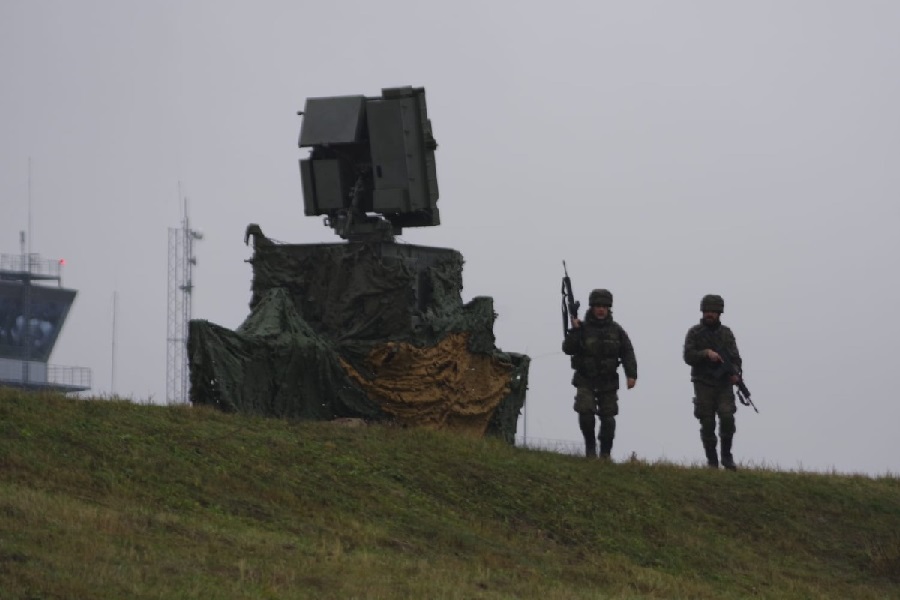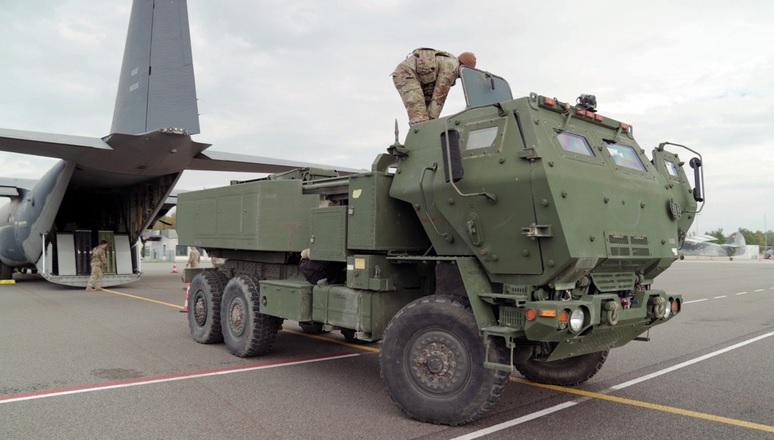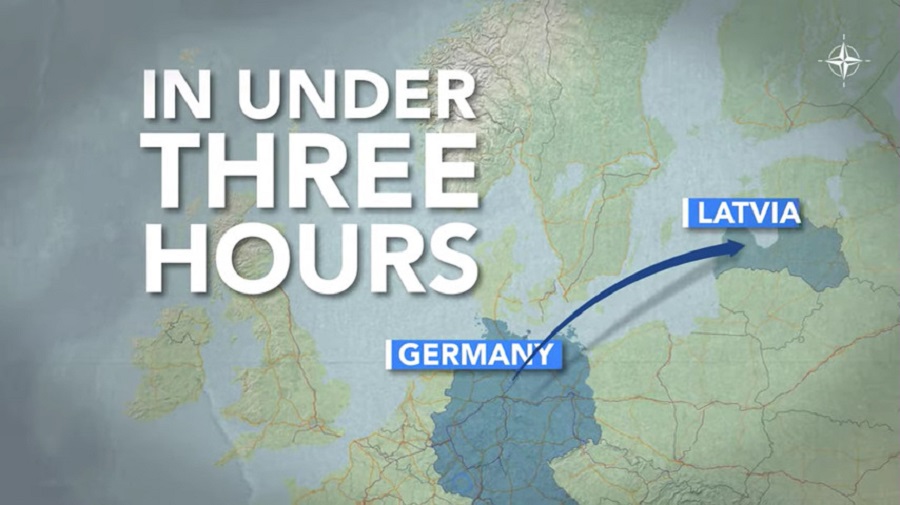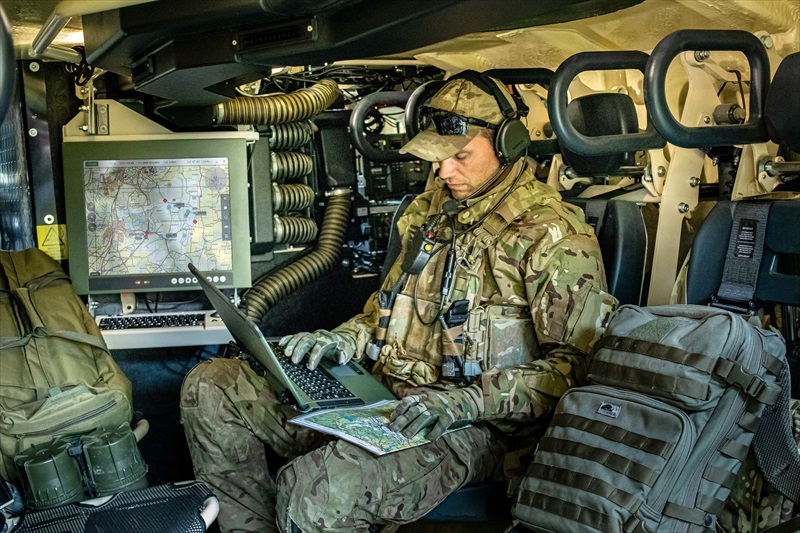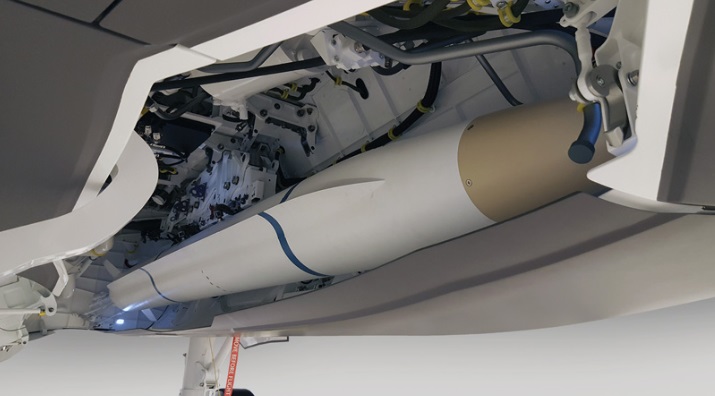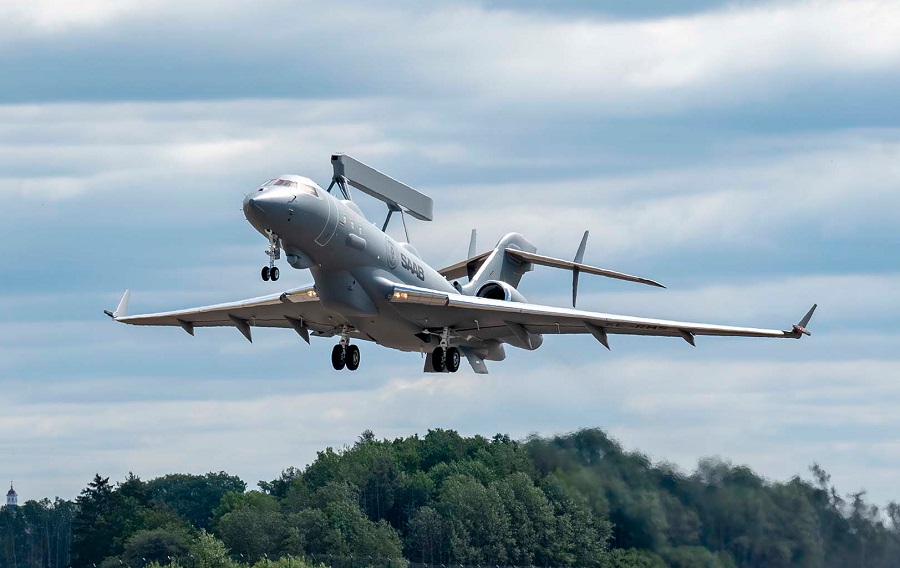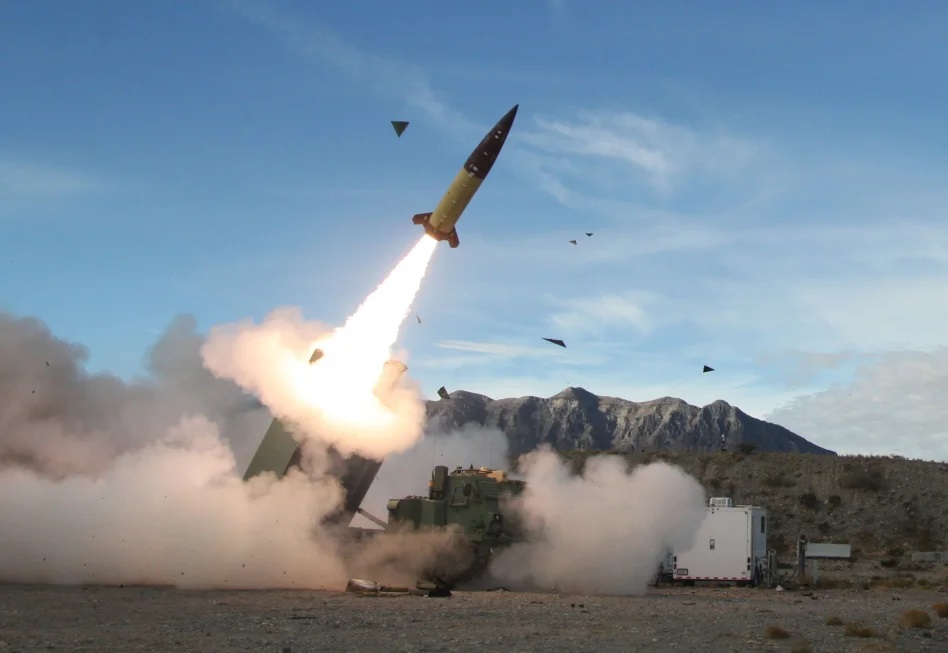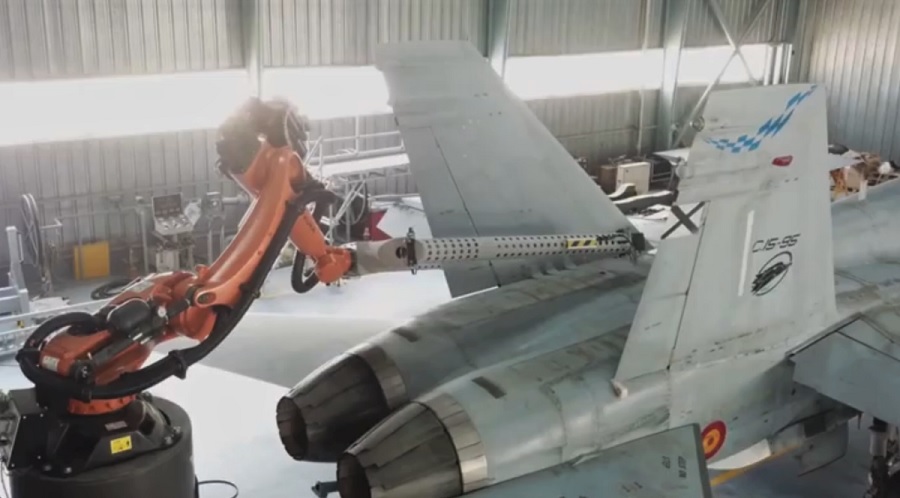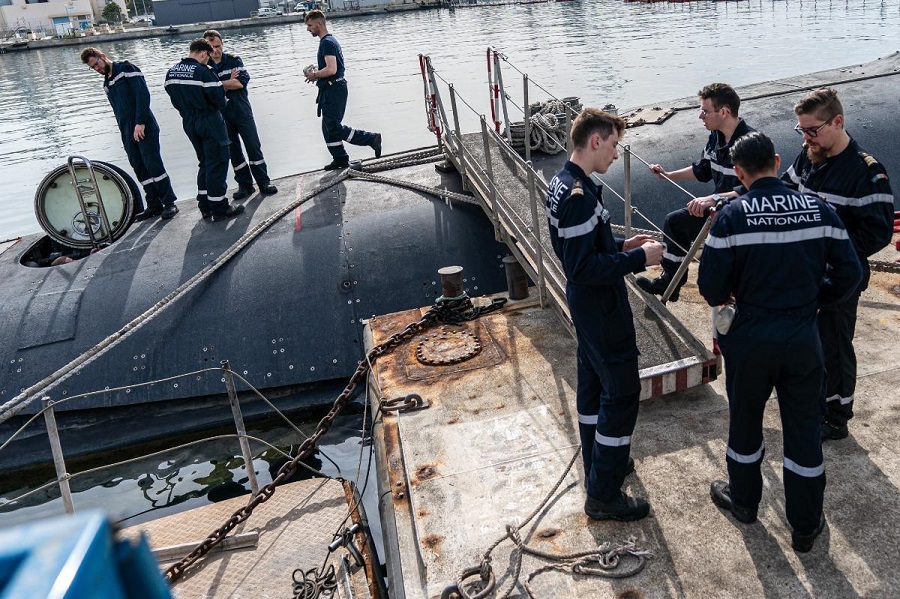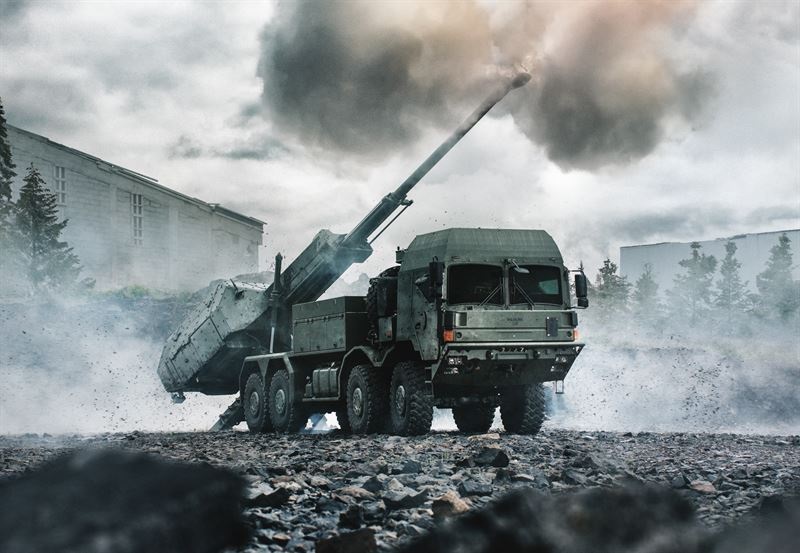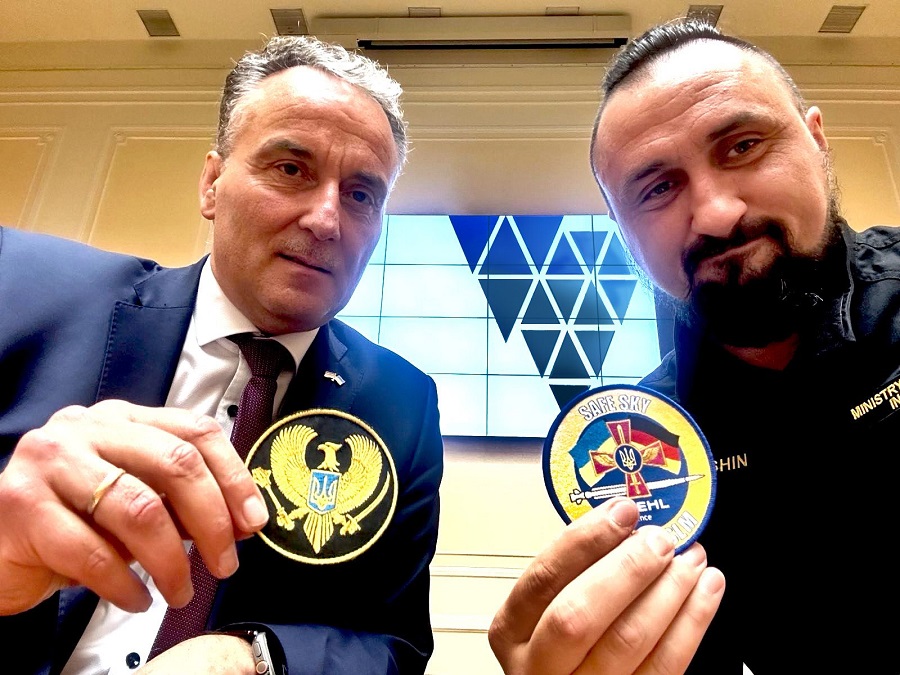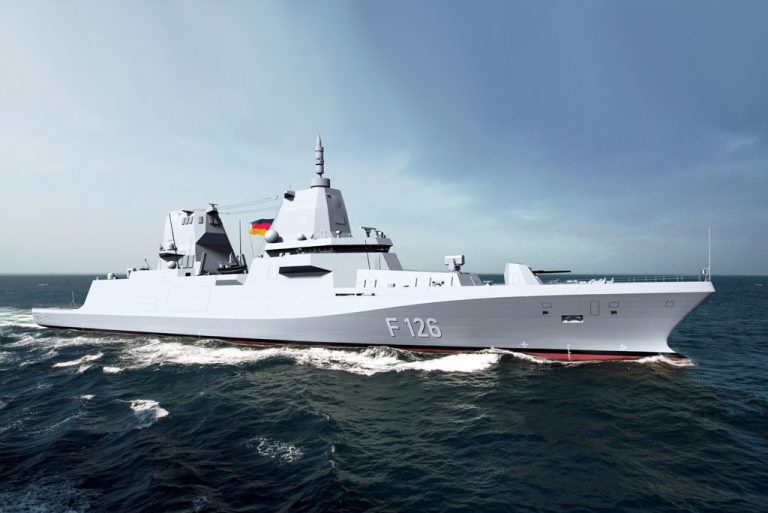The 85-strong Spanish Army detachment of the Ground Based Air Defence Task Force Latvia (GBAD TF LVA), conducted a so-called Readiness Verification exercise demonstrating they are firmly tied into NATO’s Integrated Air and Missile Defence architecture and capable of applying NATO standards such as response times and communications links with other elements in the region.
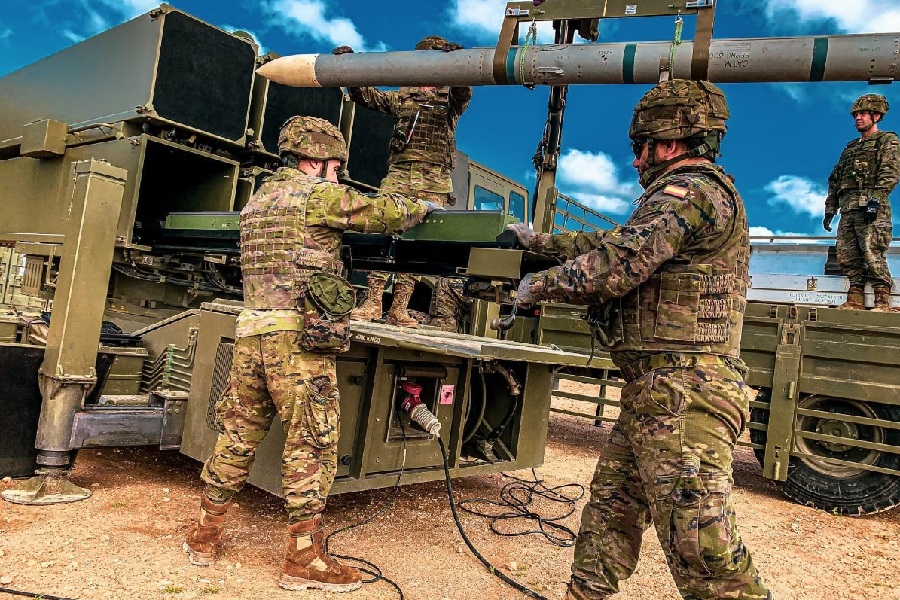
Archive Photo courtesy Spanish Army.
“We deployed here in mid-June and have since contributed to NATO’s Air Shielding mission of the eastern flank,” said Major Juan Jesús Fodríguez Lahore, GBAD TF LVA Commander. “We have worked with our Latvian hosts here at Lielvarde and been contributing to NATO exercises e.g. exercise Ramstein Alloy 3 organised by Allied Air Command or training activities with the enhanced Forward Presence Battlegroup in Latvia. We established links to other NATO GBAD TFs in Poland or Slovakia showcasing our ability to help protect Alliance populations and territory against potential air and missile threats,” he added.

The Readiness Verification consisted in several exercises executed during both days. The Task Force had to identify, track and engage both simulated airborne threat attacks and real tracks represented by live-flying Quick Reaction Alert fighter aircraft from the Hungarian JAS-39 Gripen detachment leading NATO’s Baltic Air Policing at Šiauliai, Lithuania.
“GBAD TF LVA successfully defended our own position and Lielvarde Air Base against these attacks,” said Major Lahore. “Thanks to this strong performance during the exercise, the Spanish NASAMS unit, in cooperation with their Latvian colleagues, passed the Readiness Verification which means it is now certified and ready to defend Latvian airspace under NATO command arrangements,” he added.

NASAMS – the Norwegian Advanced Surface-to-Air Missile System or National Advanced Surface-to-Air Missile System – is a distributed and networked short- to medium-range GBAD system which defends against airborne threats such as unmanned aerial vehicles, helicopters, cruise missiles and manned fixed wing aircraft.
The Spanish NASAMS integrates a US-built MPQ-64 Sentinel Air Defense X Band 3D radar and AMRAAM missiles with a Norwegian battle management system, the Fire Distribution Centre (FDC). These FDCs can form a network with geographically distributed sensors and use data fusion to process radar tracks and generate a complete air picture. The AMRAAM missiles are fired from a towed launcher with six missile canisters and have a horizontal range of up to 25 km.



